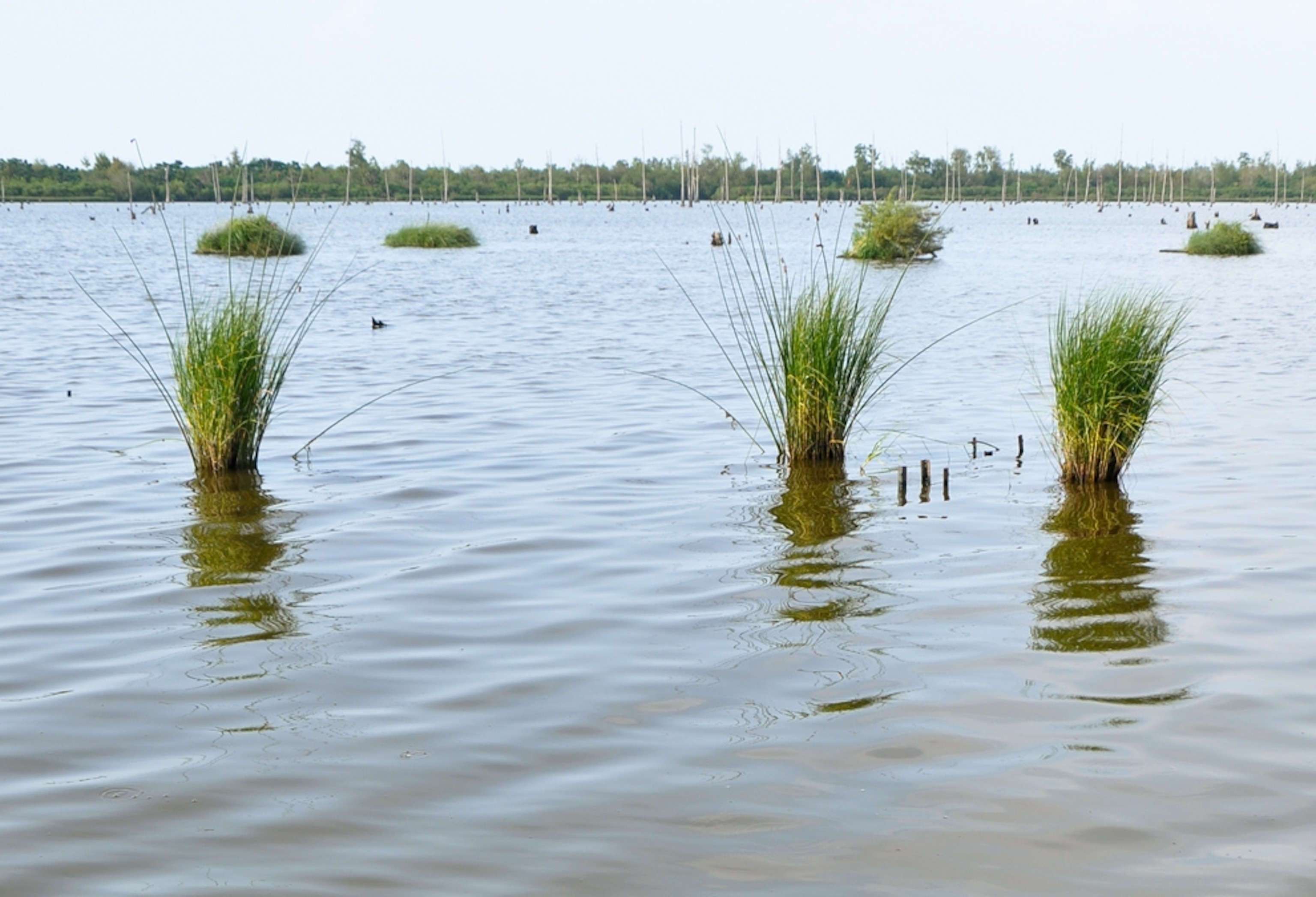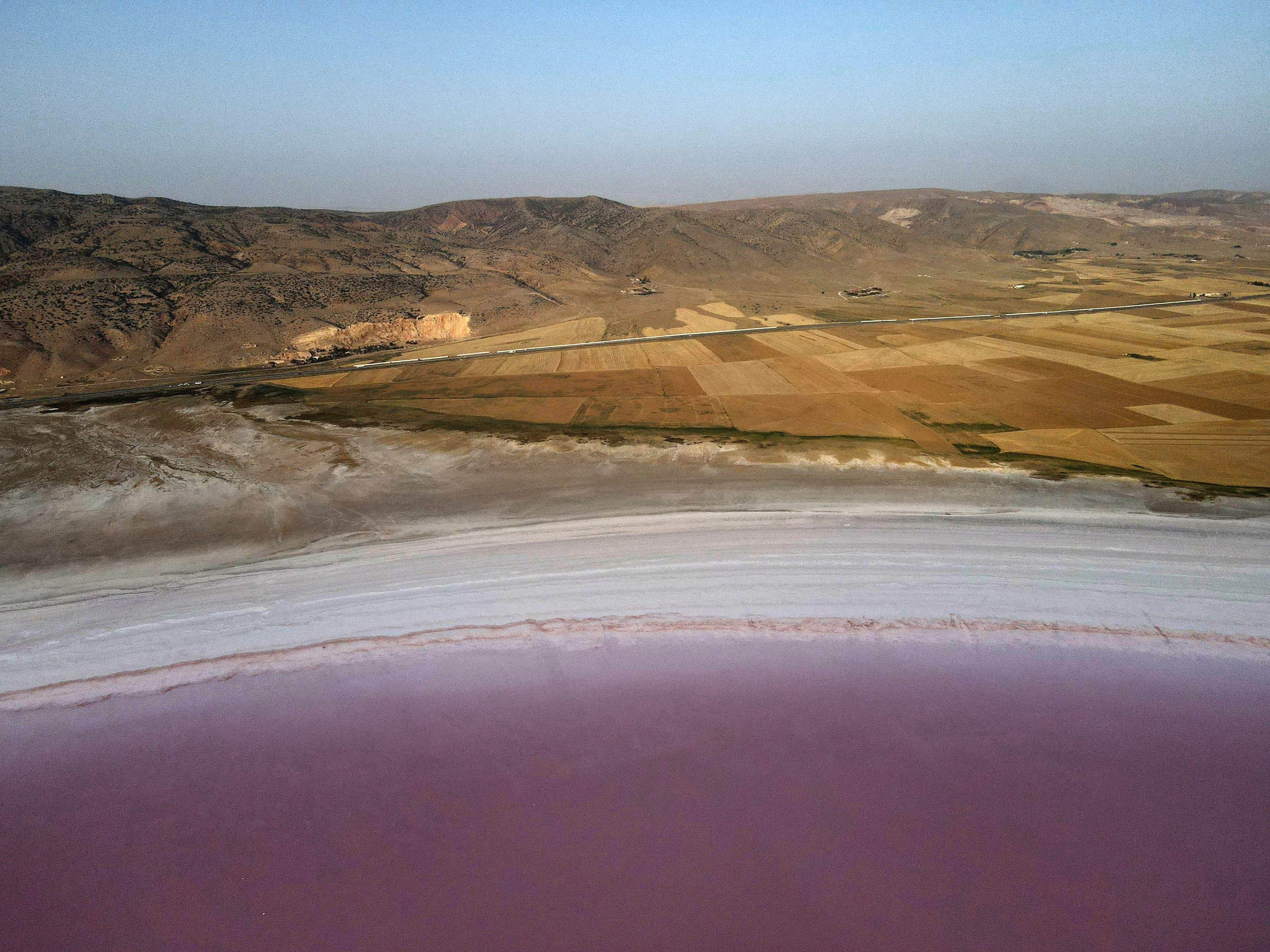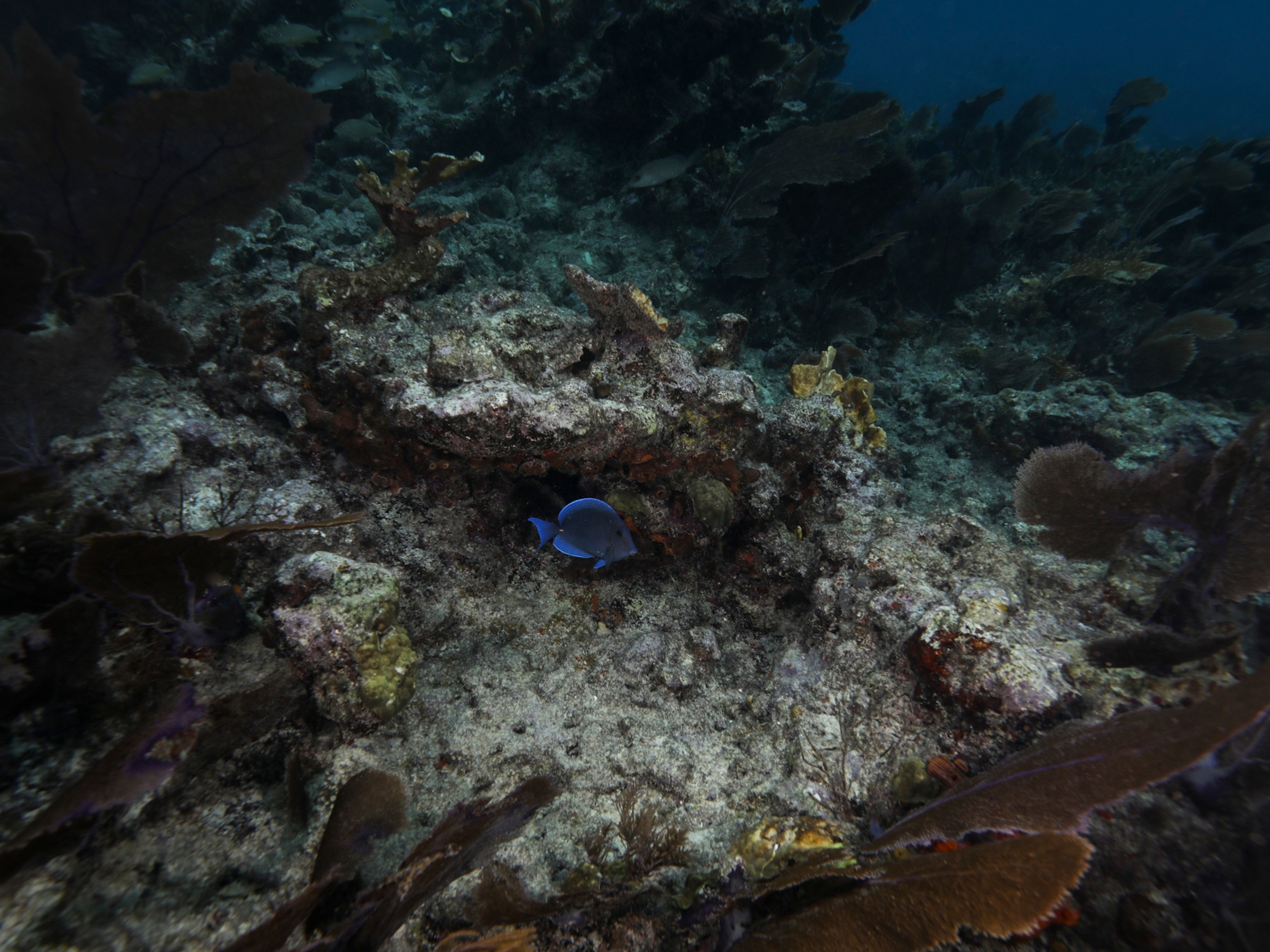
Sewage Could Spawn Hurricane Protection, Wetland Growth in New Orleans
An innovative use of human waste aims to safeguard the Lower Ninth Ward
Standing among the overgrown lots and derelict homes of New Orleans’ Lower Ninth Ward, it is hard to imagine that the wetland abutting this neighborhood used to be a fisherman’s paradise, houseboat community, and retreat destination.
Bayou Bienvenue is now a degraded 30,000-acre swampy wasteland confined by years of flood management engineering—the Industrial Canal to the west, the Gulf Intracoastal Waterway to the north, the Mississippi River Gulf Outlet (MRGO) to the east, and an embankment to the south protecting the Lower Ninth Ward, home to about 18,000 people before Hurricane Katrina flooded the area in 2005, and other New Orleans neighborhoods.
The Sewerage and Water Board of New Orleans (SWBNO), St. Bernard Parish, the U.S. Army Corps of Engineers, and several local nonprofits, including a Sierra Club chapter, have developed plans to bring the bayou, and its hurricane protection benefits, back to life.
“When you start protecting wetlands, you protect against storm surge,” explains Darryl Malek-Wiley, a community organizer with the local chapter of the Sierra Club. “If there had been cypress trees in front of the levees, there would have been an additional buffer [during Katrina].”
According to the Army Corps, all of the levees that failed during Katrina lacked wetland protection; the levees with a wetland buffer remained intact.
Scientists have estimated that storm surge is diminished by one foot for every square-mile of wetland it travels through.
Waste Not, Want Not
With $10 million from the state, SWBNO plans to pipe semi-treated wastewater and biosolids—the brown gooey stuff left after sewage is drained—into Bienvenue.
It is not the first time this has been done, but it would be on a larger scale, explains SWBNO Chief of Environmental Affairs Gordon Austin. SWBNO will start with a 20-acre demonstration project in the bayou’s southwest corner, visible from the Industrial Canal.
It’s hoped that the nutrient-rich freshwater effluent and soil-like biosolids will be enough to bring back a thriving cypress-tupelo ecosystem.
The swamp has been killed primarily through saltwater intrusion from the various surrounding canals that connect the Mississippi River to the Gulf of Mexico. A pulse of freshwater sewage could make the site more suitable for wetland species. In return, those species would help filter and clean the effluent.
Eventually, Austin’s East Bank Treatment Plant will pour nearly 120 million gallons of freshwater a day into Bienvenue. The addition of biosolids to the bayou would add nearly four feet of soil in which cypress and tupelo seedlings can take root.
A Community Effort
Universities, environmental groups, local schools, and neighborhood associations are rallying around restoration as Austin and his team work their way through a maze of regulatory approvals and landowner negotiations (the section they eventually want to work in was sold decades ago to nearly 100 prospective landowners who believed one day the swamp would be filled and developed, according to Austin.).
Bayou Bienvenue “is a resource for the community for fishing, boating, hanging out, as well as for storm protection,” says David Eber, the sustainability outreach coordinator at the Lower Ninth Ward Center for Sustainable Engagement and Development. “This used to be part of our community, and we want it back.”
A group from the University of Colorado has built an observation deck near the bayou, and students from the University of Wisconsin are working on “floating islands”—rafts of soil on which they are trying to grow wetland grasses.
“For what it is worth, Katrina left a blank slate where you can do stuff like this,” says Austin, who hopes to start pumping sewage effluent into the bay before the new year starts.





